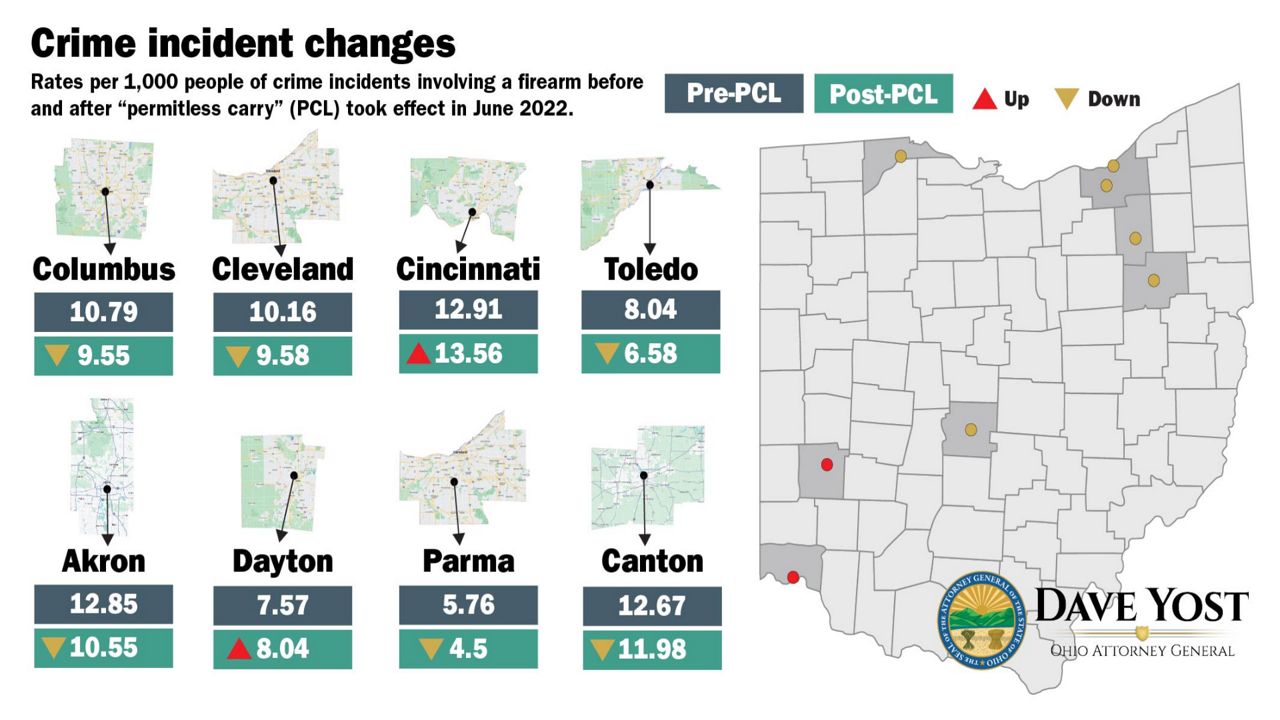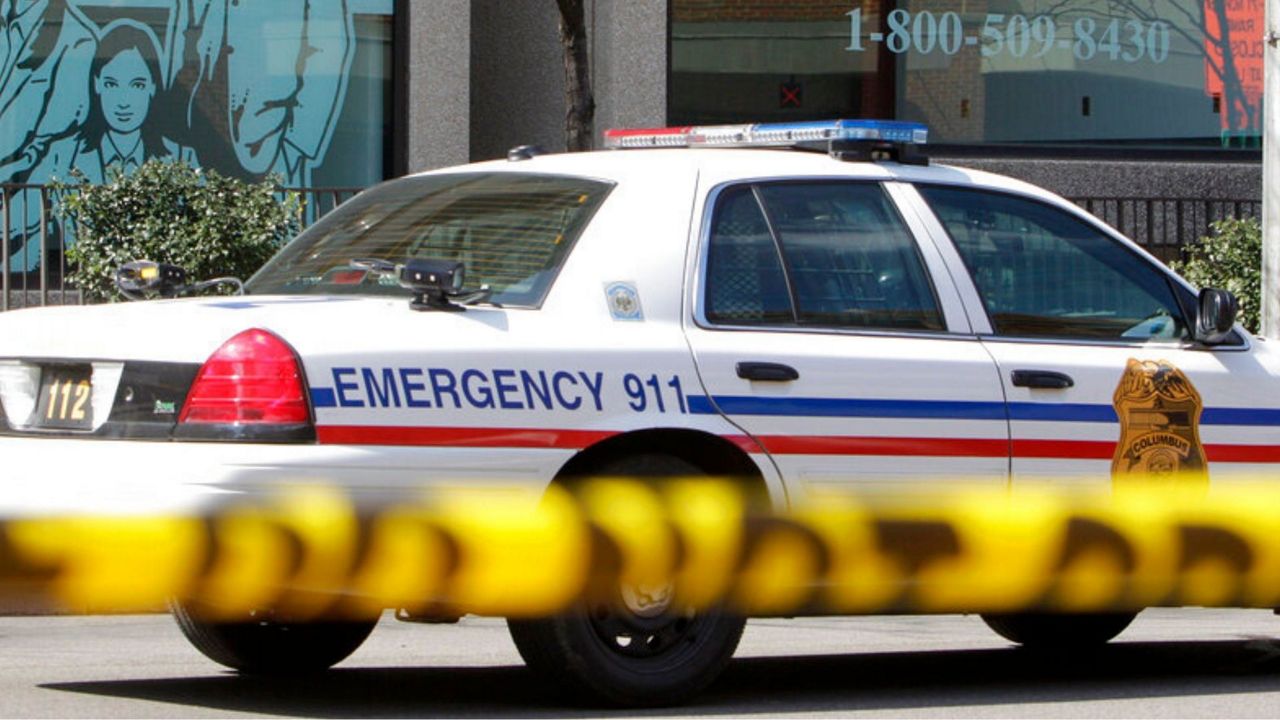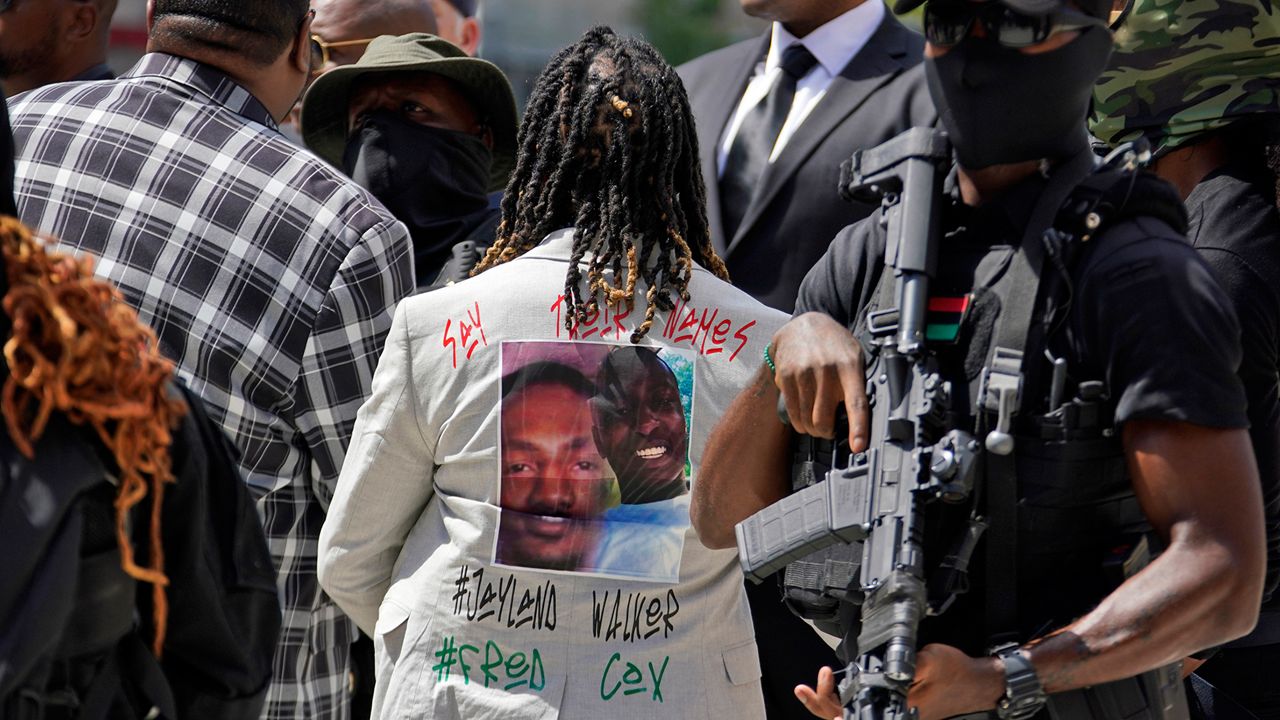OHIO — We're learning more about crime in the state's capital.
Data released by Columbus Police shows an increase in homicides year-over-year, with 148 investigations occurring in 2023. That’s eight more than the year before.
This ties into the larger issue of gun violence, but Ohio’s Attorney General, Dave Yost, said the state’s recent firearm reforms aren’t adding to the problem.
“Here’s the truth: we do have a gun violence problem in our big cities,” he said. “That’s real, and it needs to be addressed.“
But Yost said gun crimes in Ohio are not the fault of the Republican legislature’s concealed carry reform.
In June 2022, lawmakers passed legislation removing regulations on firearms, allowing anyone to carry a concealed weapon without a permit.
“The mayors of big cities were saying that it was going to, they said we were going to have a wild west, and what the data shows is that didn’t happen,” Yost said. “That was just wrong.”
The data Yost are referencing comes from a study by the Center for Justice Research that found gun crime decreased in six of eight Ohio cities following this legislation.
The Center for Justice Research is a partnership between the AG’s office and Bowling Green State University.
“This is not to downplay the very real problem of crime in many neighborhoods in our cities – you don’t need a research team to see that gun violence destroys lives, families and opportunity,” Yost said in a press release about the data. “The key takeaway from this study is that we have to keep the pressure on the criminals who shoot people, rather than Ohioans who responsibly exercise their Second Amendment rights.”

The release notes that gun crime rates fell 22% in Parma and 18% in Akron and Toledo while there were increases in Dayton (6%) and Cincinnati (5%).
Citing data using gunshot-detection technology, the release notes that “verified crime incidents" dropped in Toledo by more than 23% and in Columbus more than 20%. It noted that such data was unavailable in other cities.
“To measure the impact of permitless carry on law enforcement, researchers examined cases of firearm-related injuries and deaths of officers in the eight cities of interest,” the release concludes. “They noted three such instances before the law took effect and four afterward, concluding that there was no substantial change.”
Yost said what was happening on the ground was part of the cities' "existing crime situation."
"It was not affected at all by concealed carry reform," he said.
Brian Steel is a sergeant with the Columbus Police Department and a member of the Fraternal Order of Police.
He said the decrease in crimes can’t be correlated to the change in gun law.
“The individuals practicing the second amendment, in my experience as a police officer of over two decades, I have not seen that," he said. "I’ve not seen a rise of crime by those individuals.”
But he said what has changed with the new law is how officers now have to respond to situations, being more wary of weapons.
“Maybe not used for nefarious purposes, but we’re going to assume you have one," he said. "We want to go home safe. We want you to go home safe.”
Yost said an increase in proactive policing and agressive prosecution and incarceration of criminals are needed to better control gun crime.










